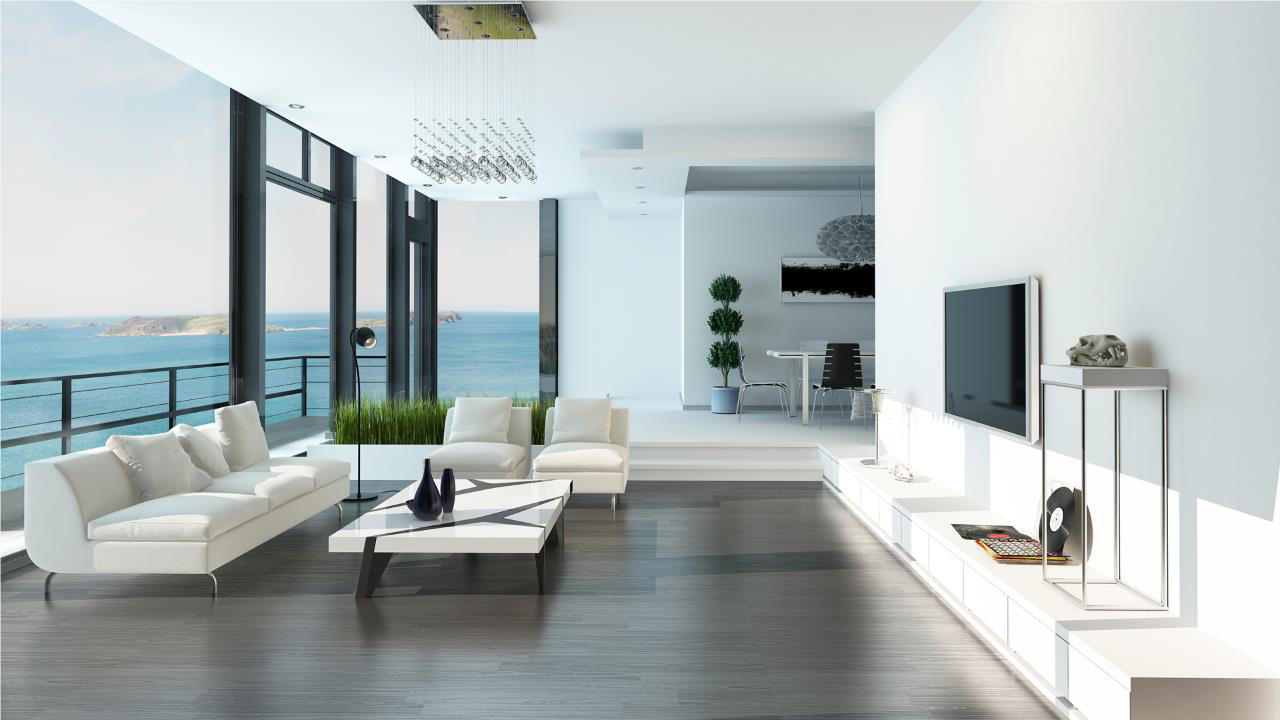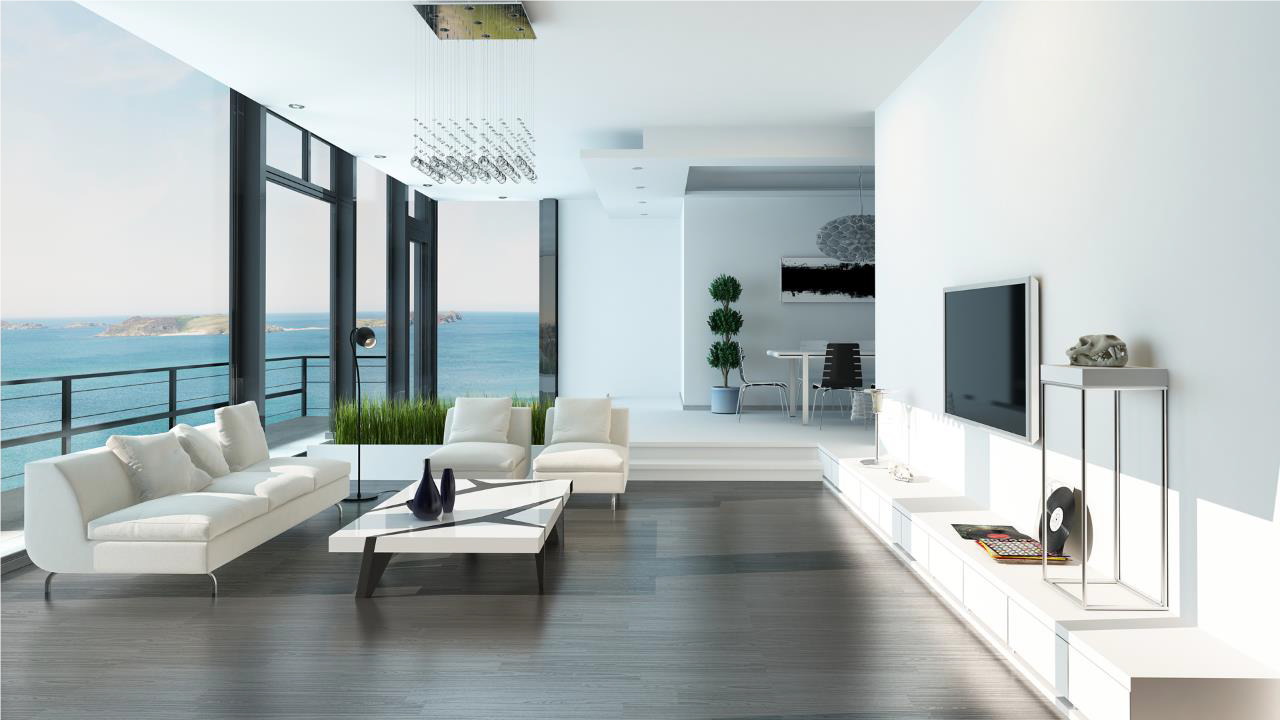
We have all gotten used to the idea of homes that are getting ever more intelligent. The next step in smart living is to equip our homes with smart switchable windows that can adapt to the surrounding environment – changing from transparent to opaque, enhancing privacy and even generating energy.
Imagine the scene: It’s 11:00 am. A high-rise apartment tower downtown in a big, always-bustling city. Despite floor-to-ceiling glass windows, the room is lit with mild, warm light. There is no extra heat or glare intruding from the outside. No noise. Just the perfect view, a feeling of comfort, privacy – and total control.
This is that same modern apartment where everything seems to be “smart”. The high-tech coffee machine wakes up its owner with the aroma of a freshly brewed carafe. Upscale mirrors provide the latest traffic reports. The smart fridge is capable of self-ordering products. And here come the windows – the smart quintessence of an enlightened home design.

A decade ago, this was the setting from a science-fiction movie. Today, it is an expanding reality, where the “smart” trend has finally arrived in glass, allowing it to similarly excel at collecting information about its surroundings.
The potential market for smart glass is huge. According to a recent Grand View Research report, the global smart glass market was valued at USD 3,224 million in 2017 and is expected to reach USD 9,983 million by 2025 – growing at a compounded annual growth rate of 15.2% from 2017 to 2025.
Such megatrends as environmental sustainability, energy efficiency, safety, urbanization and optimized lifecycle performance, to name just a few, are key drivers propelling this growth.
Although the transition towards smart glass seemed slow only a few years ago, it’s picking up pace. This is thanks to the fact that the technology is now complete and ready to sell, there are more suppliers in the market making the products available, and the cost of manufacturing has come down.
In practical terms, architects interested in energy consciousness or those looking for something new are the ones who have started to specify smart glass for their projects. Likewise, builders are beginning to gain confidence in the benefits and are specifying smart glass primarily for office or commercial towers, where they see the greatest financial opportunities.
As for industries in search of new opportunities, more advanced solar energy solutions, progressive architectural solutions, and ambitious automotive and aviation innovations have all been enabled by recent enhancements in smart glazing.

In the solar energy industry, smart glass might mean thinner cover glass for photovoltaic panels or more flexible shapes important for solar concentrators. In automotive, it might be very thin sidelites or vehicle-integrated solar panels. In architecture, the applications are countless.
Luckily, it is only a matter of time when the price reaches about half of what it is now – and smart glass will become more widespread. That’s our aim when developing these emerging new glass technologies. Then smart glass would be used more widely, benefiting a greater number of people.
Für den Glastory-Newsletter anmelden
Wir beantworten Ihre Fragen zur Glasverarbeitung. Teilen Sie uns Ihre Herausforderungen mit und wir versprechen, unser Bestes zu tun, um Ihnen zu helfen.
Comments are closed.